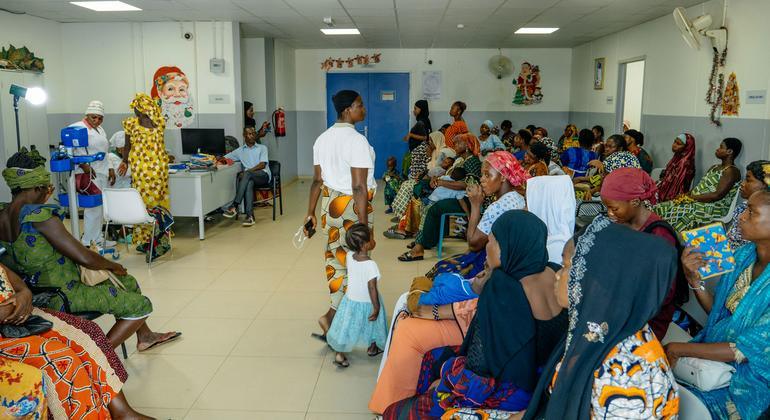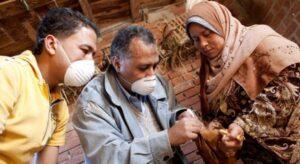16 years old – How long Dah had to live with the agonizing condition, undergoing eight different surgical procedures before finally having the fistula repaired.
In recognition of more than 500,000 women like Dah who are forced to bear what is a very treatable condition, the international day to end obstetric fistula is marked on Friday.
Obstetric fistula is a medical condition that refers to the development of a small hole between the birth channel and the bladder or rectum, causing a leak of urine or faeces.
The theme of this year, “his health, his right: to shape a future without fistula” will seek to progress towards the objective of eliminating fistula by 2030.
Women ‘bodies become battlefields – not only by sexual violence, but by the deliberate denial of reproductive and health
– Sima Bahous, Executive Director of UN Women
“The bodies of women become battlefields – not only by sexual violence, but by the deliberate denial of reproductive rights and health services,” said Sima Bahous, executive director of UN women.
‘A silent crisis’
It is often caused by prolonged or difficult delivery. Most of the half-million women suffering from the condition live in the world.
Many women who have a fistula have social insulation and exclusion caused by the leak of urine or faeces. This, in turn, can cause exacerbated depression and poverty.
Kambiré, a small business owner who lives in Bouna, lived with an obstetric fistula for 23 years. She even had another child before obtaining medical help.
“I preferred to isolate myself because of the fistula,” she said. “I couldn’t sit for a long time for getting wet.”
She only learned that this was treatable when listening to a radio program, inspiring her to go to a hospital supported by the United Nations Sexual and Reproductive Agency (UNFPA) for treatment. Now she has a small pot creation company.
Kambiré has had an obstetric fistula for 23 years and now has his own pot creation company.
Fully avoidable and treatable
The UNFPA set itself the objective of elimination by 2030 – which seems feasible since, as a medical condition, it is both completely avoidable and fully treatable.
Between 2003 and 2024, the UNFPA supported nearly 150,000 surgical fistula repairs, 4,400 of which alone occurred in Côte d’Ivoire for women like Dah and Kambiré.
Catherine, mother of two children from Bouna, also received medical assistance from a hospital supported by UNFPA.
“Now that I’m healthy, I’m happy.” I can manage my business and spend time with my friends, ”she said.
However, obstetric fistula has remained obstinately persistent in the world due to disparities in global health systems.
The UNFPA says that midwives are essential to prevent fistula and other injury to childbirth. However, there is a global shortage of more than 900,000 midwives, including 500,000 in sub-Saharan Africa.
Reproductive education and empowerment are also essential to fight and prevent obstetric fistula.
“The most effective shield we can offer to women and girls is their own power, their voice and their leadership,” said Ms. Bahous.
Solidarity networks
After Dah received a successful treatment for her obstetric fistula, she, like Kambiré, started a seasonal food company through which she prepares and sells products.
It has also gathered with other survivors of the Bouna fistula to improve awareness of the community and reduce stigma.
“When women direct, they protect not only themselves, but their families and their communities … The impact is transformer,” said Ms. Bahous.




